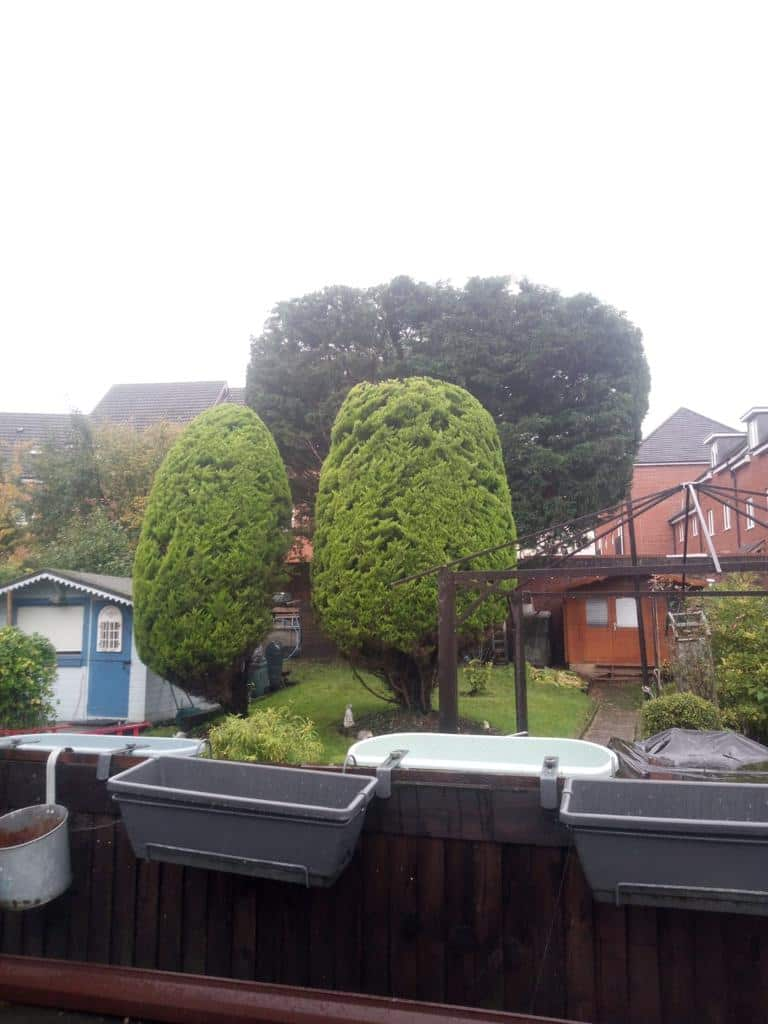Introduction: Tree care is essential for maintaining the health and beauty of your landscape, but many things need to be clarified about what’s best for your trees. At LM Tree Surgery Hedge End, we believe in providing accurate information to help you decide your tree care needs. This blog post will debunk some common myths about tree care and provide the facts to help your trees thrive.
Myth 1: Topping a Tree is a Good Way to Reduce Its Height
Debunked: Topping, which involves cutting the main branches back to stubs, harms trees. This practice weakens the tree by removing a large portion of its foliage, which it needs for photosynthesis. Topping also creates wounds that make the tree vulnerable to disease and pests. Instead, opt for crown reduction, which involves carefully removing specific branches to reduce the tree’s height while maintaining its natural shape.
Myth 2: Trees Can Heal Their Wounds
Debunked: Unlike humans, trees do not heal their wounds. Instead, they compartmentalise the damaged area by forming barriers around it to prevent the spread of disease and decay. Proper pruning techniques are crucial to help trees manage wounds effectively. Always make clean cuts outside the branch collar to promote healthy growth and minimise damage.
Myth 3: All Trees Need Regular Pruning
Debunked: While many trees benefit from regular pruning to remove dead or diseased branches and improve their structure, not all trees need frequent pruning. Over-pruning can stress trees and make them more susceptible to disease and pests. The frequency and extent of pruning depend on the tree’s species, age, and condition. Consulting with a professional arborist can help determine the appropriate pruning schedule for your trees.
Myth 4: Tree Roots Only Grow Deep
Debunked: Most tree roots grow in the top 18 inches of soil. These surface roots spread wide, often extending well beyond the tree’s canopy. Understanding root growth patterns is essential for proper tree care, especially when planting trees near structures or planning landscaping projects. Avoid compacting the soil or damaging roots when working near trees to promote healthy root development.
Myth 5: Tree Staking is Always Necessary
Debunked: Staking is only sometimes necessary and can sometimes harm the tree if done improperly. Young trees may need temporary support until their roots are established, but prolonged staking can hinder natural root and trunk development. If staking is needed, ensure it is done correctly and remove the stakes after one to two years to allow the tree to grow independently.
Myth 6: Trees Don’t Need Watering Once Established
Debunked: Even mature trees need watering during prolonged dry periods. Established trees have extensive root systems, but they can still suffer from drought stress. Regular watering, especially during dry spells, helps maintain tree health. Deep watering is more effective than frequent shallow watering, as it encourages roots to grow deeper and become more resilient.
Myth 7: Wound Dressings Help Trees Heal Faster
Debunked: Applying wound dressings or paints to tree cuts does not help them heal faster and can do more harm than good. These products can trap moisture and create a breeding ground for disease. It’s better to leave cuts open to the air, allowing the tree’s natural processes to compartmentalise the wound.
Myth 8: Moss and Ivy on Trees are Always Harmful
Debunked: Moss and ivy are only sometimes harmful to trees. Moss is generally harmless and can even indicate a healthy, moist environment. Ivy, however, can be problematic if it becomes too dense, as it may compete with the tree for resources and hide potential issues like disease or structural weaknesses. Regular monitoring and maintenance can help keep ivy in check without harming the tree.
Conclusion: Understanding the facts about tree care is essential for maintaining the health and beauty of your trees. By debunking common myths, we hope to provide you with the knowledge you need to care for your trees effectively.
Call us on: 01489 359 998
Click here to find out more about LM Tree Surgery Hedge End
Click here to complete our contact form and see how we can help you with your tree’s needs.

